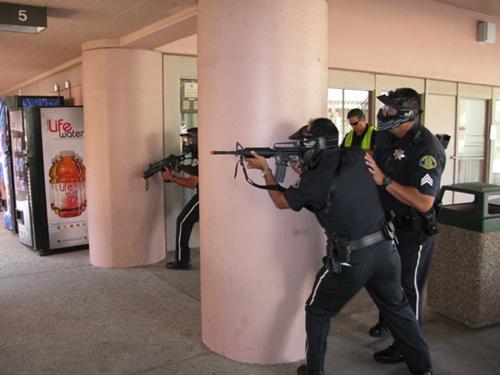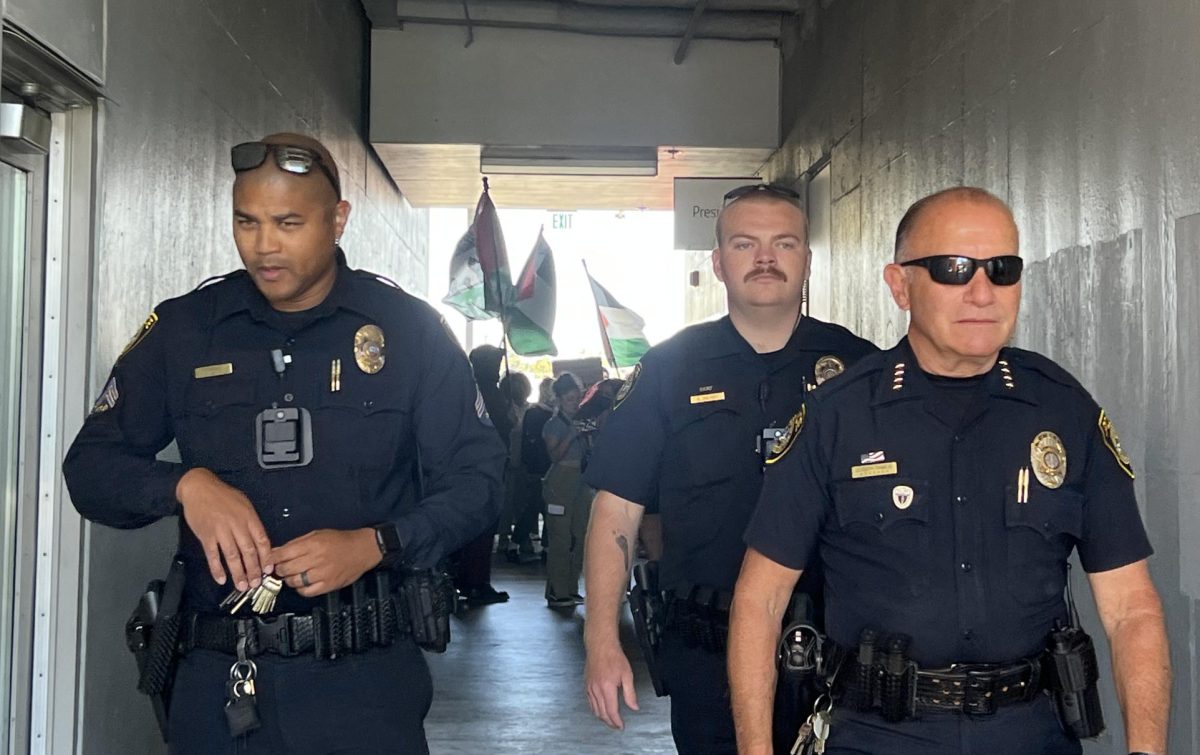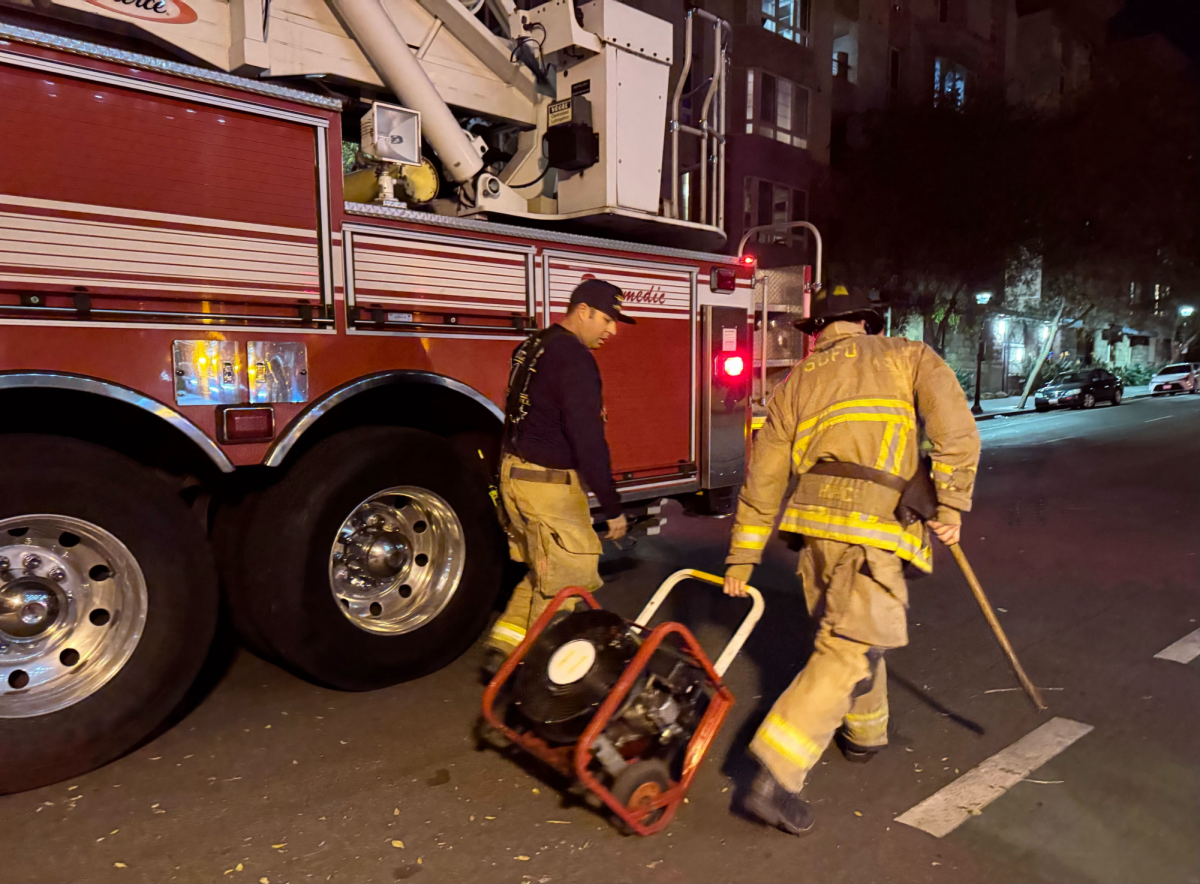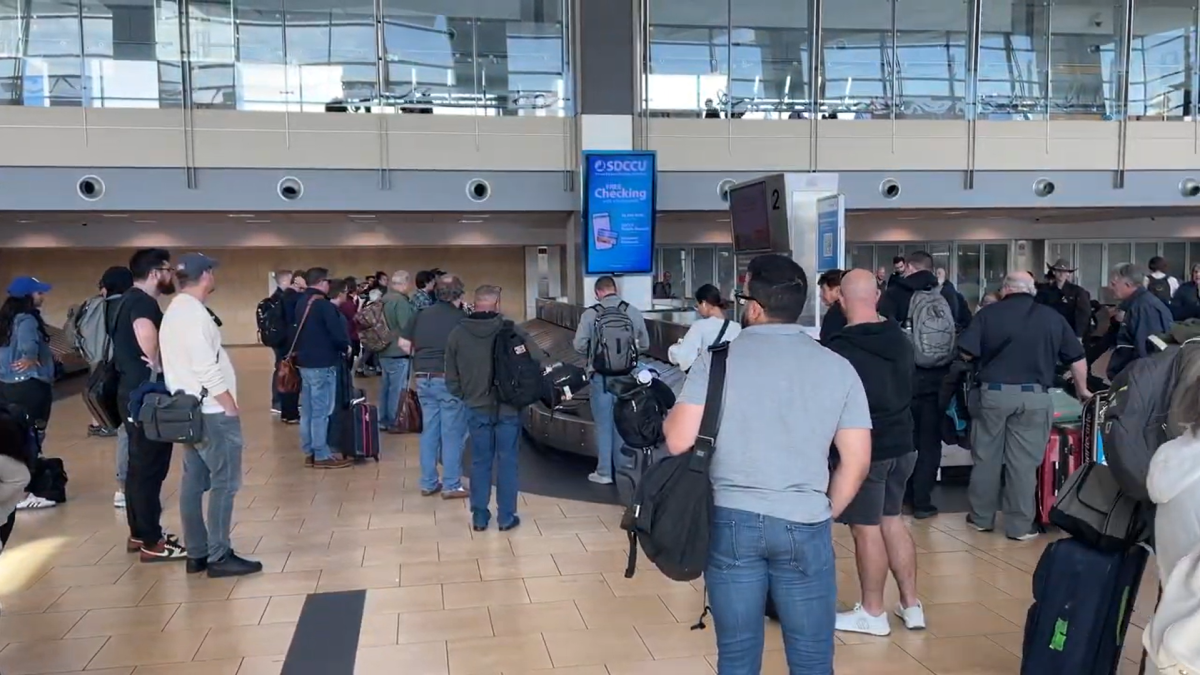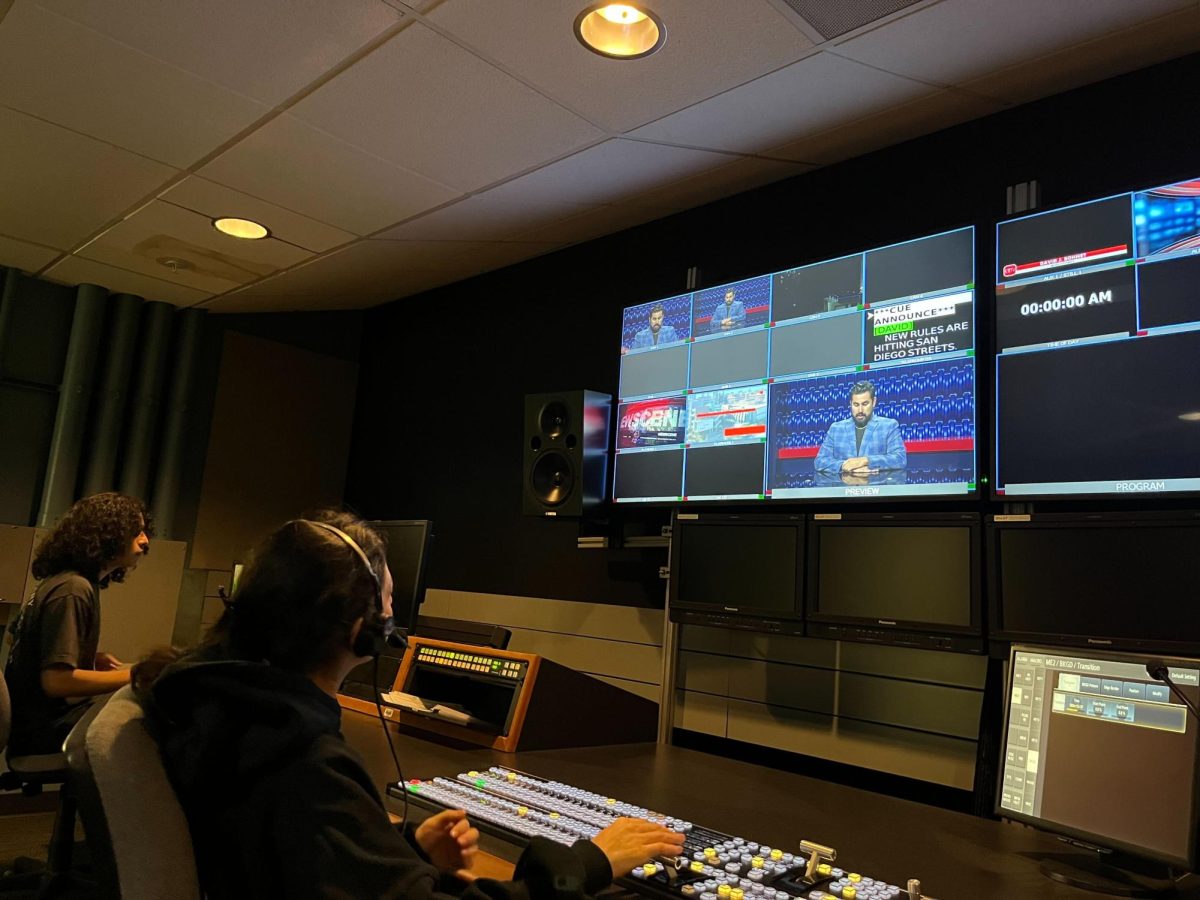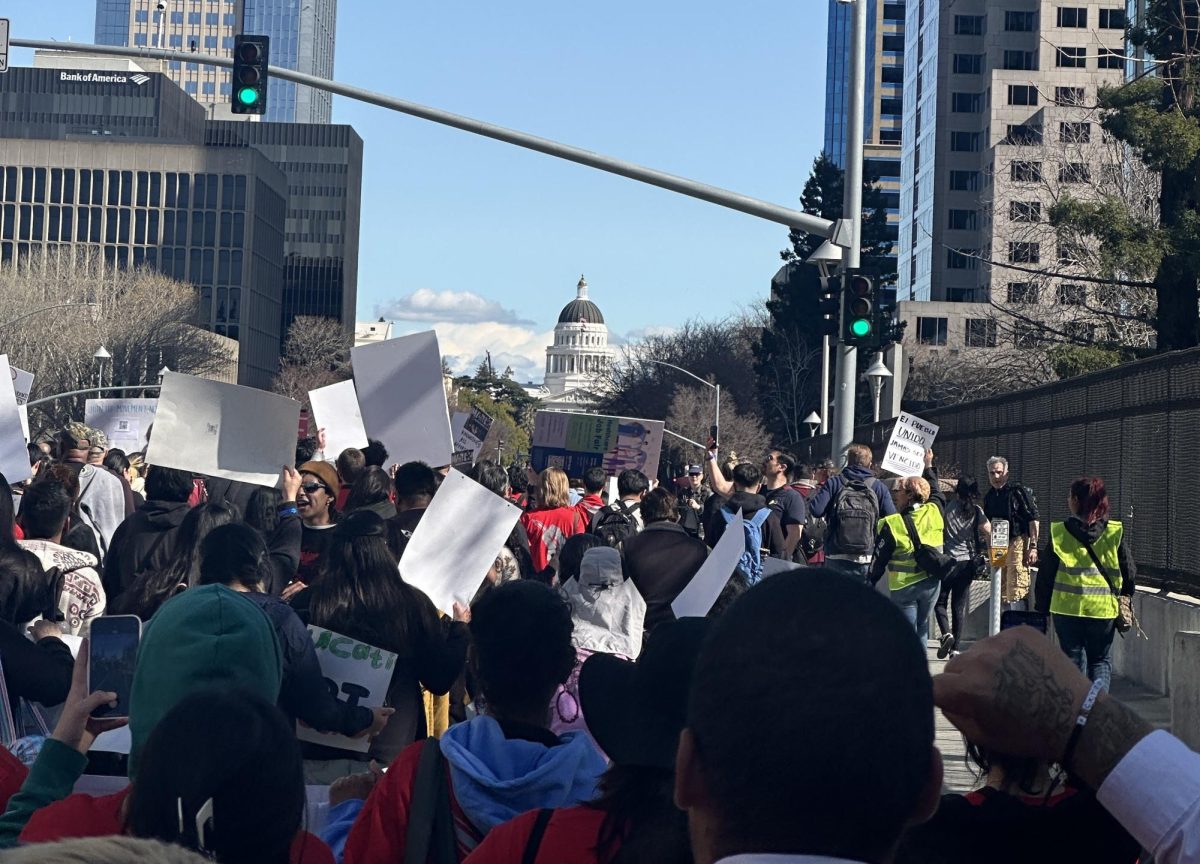The San Diego Community College District police department provided instruction in active shooter response training conducted at San Jose/Evergreen Community College District Sept. 27 and 28.
Sergeant Tony Gutierrez and four firearms instructors from the district police department demonstrated how to effectively respond to an active shooter in a simulated scenario of a school shooting.
The San Jose/Evergreen Community College District hosted the event and invited the SDCCD police department because of its expertise in active shooter response training. Other agencies to attend were the San Jose, Gilroy, West Valley Mission Community College police departments and rangers from the state parks.
“I felt the need to expose my district and community to active shooter training,” said Ray Aguirre, Chief of Police with the San Jose/Evergreen Community College District, “and (the SDCCD police department) provided very valuable training.”
“About 5 or 6 years ago, we developed an active shooter response training program,” Gutierrez said. “About four years ago, members from the State Chancellor’s Office came down and viewed one of our training programs that we had at ECC, and from there they put together a grant so we could travel throughout the state.”
The grant given by the chancellor’s office was for $34,000, according to Peter Wright, director of emergency preparedness for the Disaster Resistant California Community Colleges Project, which administrated the grant. The grant was directed to armed and sworn officers at dedicated community college police departments, which do not exist for every community college in the state, with some colleges instead contracting with local sheriff’s offices or public safety officers.
“An attack by an active shooter is a threat that all community colleges face,” Wright said in an email. “The State Chancellor’s Office felt it important to provide leadership on preparing for and practicing for this terrible scenario by offering training.
“The very advanced level of SDCCD police department’s tactical active shooter training made it very attractive as a state model,” Wright said.
The department used the grant, which was exhausted last December, to conduct exercises at West Valley College in March 2011 and at El Camino College in December 2011.
The training continues to be conducted without aid from the chancellor’s office as a normal operation of the department while its officers are on duty. Usually, the training is rotated every six months among the different campuses in the district, but will next be held at the department’s firearms training range, Gutierrez said.
The department has also held training programs on the City College campus, most recently in July, when training took place in and around the Saville Theatre.
To lend the training the feeling of reality, the training staff employ flashbang grenades, smoke bombs and massive speakers with playback of gunfire and screaming, all of which act to disorient the staff. Other staff act as hostages, persons in distress or assailants.
“One of my instructors acted as an assailant and we also had a representative from the State Chancellor’s Office there assisting with the training and we had a group of volunteers…role-players who are put in positions to act hysterical or dressed up with red paint to simulate injuries,” Gutierrez said.
The simulations also serve to instruct faculty and students on what to do in a similar situation.
“If they’re in a classroom they should be doing things like securing themselves inside that classroom, locking themselves down, being quiet, being low-key, barricading the door,” Gutierrez said.
“Unfortunately, because of the way the world is changing there’s been an increase in the amount of violence,” said Ed Headtke, administrative sergeant with the SDCCD police, “and we’ve been trying to prepare for it.”

